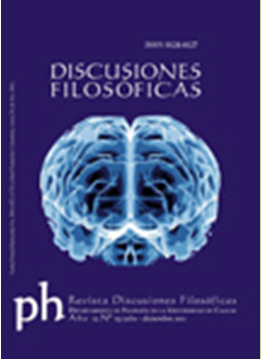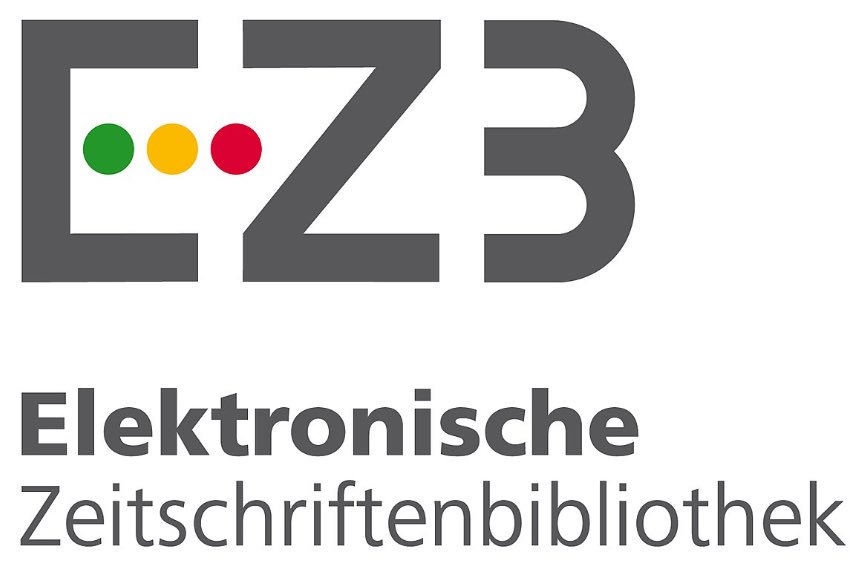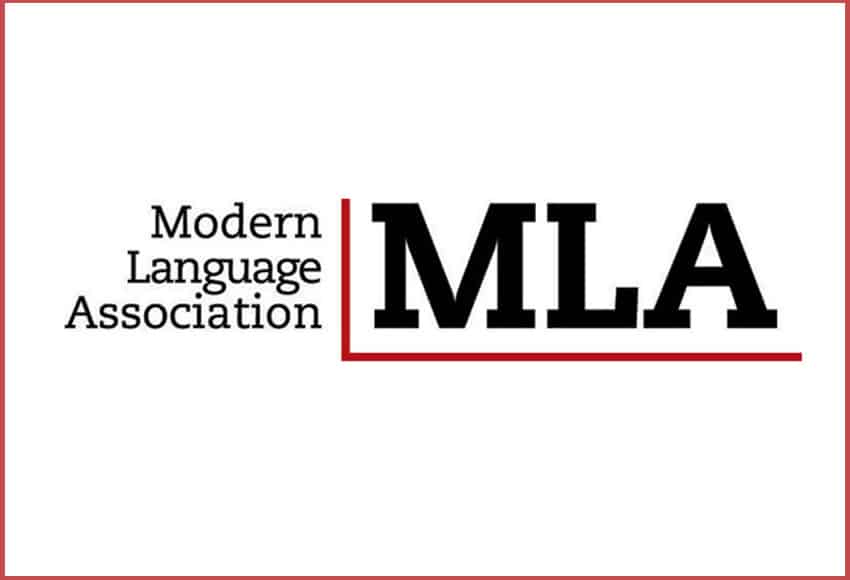Autores/as
Resumen
La actividad científica produce resultados de diversos tipos. En particular, la ciencia produce un tipo especial de conocimiento o saber, que se supone es distinto al conocimiento o saber del sentido común, proveniente de la experiencia cotidiana y formulado en un lenguaje ordinario, es un saber más sistematizado, con mayor alcance y precisión, y controlable intersubjetivamente. Para producir este tipo de saber (o saberes), se introducen nuevos conceptos, se formulan hipótesis y leyes y, en última instancia, se construyen teorías, siendo el resultado de una práctica o actividad específica, considerándose a la ciencia como (quizás), el logro intelectual supremo de la humanidad. Así, la teorización filosófica de la ciencia o "filosofía de la ciencia", se caracteriza por la elaboración de esquemas conceptuales interpretativos de carácter filosófico o teorización filosófica, con la finalidad de entender a la ciencia. La filosofía de la ciencia es así, no sólo una parte de la metaciencia, sino también una parte de la filosofía, aquella que precisamente se encarga de analizar a la ciencia.
Citas
Carnap, R. “The methodological character of theoretical concepts”. H. Feigl & M. Scriven (Eds.). Minnesota studies in the philosophy of science. Vol. 1. Minneapolis: University of Minnesota Press, 1956. Print.
---. Philosophical foundations of physics. New York: Dover, 1966. Print.
Hempel, C. G. Aspects of scientific explanation and other essays in the philosophy of science. New York: Macmillan, 1965. Print.
---. Philosophy of natural science. Englewood Cliffs, New Jersey: PrenticeHall, 1966. Print.
Nagel, E. The structure of science. New York: Harcourt, Brace & World, 1961. Print.
Popper, K. Logik der forschung. Wien: Julius Springer Verlag, 1935. Print.
---. Conjectures and refutations: the growth of scientific knowledge. London: Routledge and Kegan Paul, 1963. Print.
Reichenbach, H. Experience and prediction. Chicago and London: The University of Chicago Press, 1938. Print.
---. The rise of scientific philosophy. Berkeley: University of California Press, 1951. Print.
Referencias bibliográficas de la fase historicista
Feyerabend, P. K. “Problems of empiricism”. R. Colodny (Ed.). Beyond the edge of certainty. Pittsburgh: University of Pittsburgh Press, 1965. Print.
---. “Against method”. M. Radner & S. Winokur (Eds.). Minnesota studies in the Philosophy of science. Vol. IV. Minneapolis: University of Minnesota Press, 1970. Print.
---. Realism, rationalism, and scientific method. New York: Cambridge University Press, 1981. Print.
Hanson, N. R. Patterns of discovery. Cambridge: Cambridge University Press, 1958. Print.
---. Observation and explanation: a guide to philosophy of science. London: Harper & Row, 1971. Print.
Kuhn, T. S. The structure of scientific revolutions. Chicago: University of Chicago Press, 1962. Print.
---. “Second thoughts on paradigms”. F. Suppe (Ed.). The structure of scientific theories. Urbana: University of Illinois Press, 1974. Print.
---. “Discussion [on second thoughts on paradigms, and other papers of the conference]”. F. Suppe (Ed.). The structure of scientific theories. Urbana: University of Illinois Press, 1974. Print.
---. The essential tension. Selected studies in scientific tradition and change. Chicago: University of Chicago Press, 1977. Print.
---. ¿Qué son las revoluciones científicas? y otros ensayos. Barcelona: Paidós I.C.E./U.A.B., 1989. Impreso.
Lakatos, I. “Falsification and the methodology of scientific research programmes”. I. Lakatos & A. Musgrave (Eds.). Criticism and the growth of knowledge. Proceedings of the International Colloquium in the Philosophy of Science, London, 1965. Cambridge: Cambridge University Press, 1970. Print.
---. “History of science and its rational reconstructions”. R. C. Buck & R. S. Cohen (Eds.). PSA 1970, Boston studies in the philosophy of science. Vol. 8. Dordrecht: Reidel, 1971. Print.
Laudan, L. Progress and its problems. Berkeley: University of California Press, 1977. Print.
---. Science and values. Berkeley and Los Angeles: University of California Press, 1984. Print.
Toulmin, S. The philosophy of science. London: Hutchinson & Co., 1953. Print.
---. Foresight and understanding. London: Hutchinson & Co., 1961. Print.
---. Human understanding, Vol. I. Oxford: Clarendon Press, 1972. Print.
Referencias bibliográficas de la fase contemporánea
Abir-Am, P. G. & Outram, D. (Eds.). Uneasy careers and intimate lives: women in Sscience, 1787-1979. New Brunswick: Rutgers University Press, 1987. Print.
Ackermann, R. J. Data, instruments, and theory. Princeton: Princeton University Press, 1985. Print.
Balzer, W. Empirische theorien: modelle, strukturen, beispiele. Braunschweig: Vieweg, 1982. Print.
Balzer, W. & Moulines, C. U. (Eds.). Structuralist theory of science: focal issues, new results. Berlin: de Gruyter, 1996. Print.
Balzer, W., Moulines, C. U. & Sneed, J. An architectonic for science. The structuralist program. Dordrecht: Reidel, 1987. Print.
---. (Eds.). Structuralist knowledge representation: paradigmatic examples. Amsterdam: Rodopi, 2000. Print.
Boyd, R. “The current status of the issue of scientific realism”. J. Leplin (Ed.). Scientific realism. Berkeley and Los Angeles: University of California Press, 1984. Print.
Cartwright, N. How the laws of physics lie. Oxford: Oxford University Press, 1983. Print.
Churchland, P. Computational philosophy of science. Cambridge: MIT Press, Bradford Books, 1988. Print.
---. A neurocomputational perspective. Cambridge: MIT Press, 1989. Print.
Díez, J. A. y Lorenzano, P. (Eds.). Desarrollos actuales de la metateoría estructuralista: problemas y discusiones. Quilmes: Universidad Rovira i Virgili, Universidad Autónoma de Zacatecas, Universidad Nacional de Quilmes, 2002. Impreso.
Díez, J. A., Falguera, J. L. y Lorenzano, P. (Eds.). “Estructuralismo metateórico”. Metatheoria. Revista de Filosofía e Historia de la Ciencia. Vol. 1, No. 2. (Volumen temático). 2011: 1-256. Online.
Galison, P. How experiments end. Chicago: University of Chicago Press, 1987. Print.
Giere, R. Explaining science. Chicago: University of Chicago Press, 1988. Print.
---. Science without laws. Chicago: University of Chicago Press, 1999. Print.
Hacking, I. Representing and intervening. Cambridge: Cambridge Univeersity Press, 1983. Print.
Harding, S. The science question in feminism. Ithaca: Cornell University Press, 1986. Print.
Hull, D. Science as a process: an evolutionary account of the social and conceptual development of science. Chicago: University of Chicago Press, 1988. Print.
Kitcher, P. The advancement of science. New York: Oxford University Press, 1993. Print.
Ladyman, J. “What is structural realism?”. Studies in History and Philosophy of Science 29. 1998: 409-424. Print.
Moulines, C. U. Exploraciones metacientíficas. Madrid: Alianza, 1982. Impreso.
---. Pluralidad y recursión. Madrid: Alianza, 1991. Impreso.
Rouse, J. Knowledge and power: toward a political philosophy of science. Ithaca: Cornell University Press, 1987. Print.
Sneed, J. The logical structure of mathematical physics. Dordrecht: Reidel, 1971, 2ª ed. 1979. Print.
Stegmüller, W. Theorienstrukturen und theoriendynamik. Berlin-Heidelberg: Springer, 1973. Print.
---. The structuralist view of theories. New York: Springer, 1979. Print.
Suppe, F. The semantic conception of theories and scientific realism. Urbana and Chicago: University of Illinois Press, 1989. Print.
Suppes, P. Studies in the methodology and foundations of science. Selected papers from 1951 to 1969. Dordrecht: Reidel, 1969. Print.
---. Set-theoretical structures in science. Stanford: Stanford University, 1970. Print.
---. Estudios de filosofía y metodología de la ciencia. Madrid: Alianza, 1988. Impreso.
---. Representation and invariance of scientific structures. Stanford: Center for the Study of Language and Information (CSLI), 2002. Print.
V. Fraassen, B. The scientific image. Oxford: Clarendon Press, 1980. Print.
Worrall, J. “Structural realism: the best of both worlds?”. Dialectica 43. 1989: 99-124. Print.

 PDF
PDF
 FLIP
FLIP





















